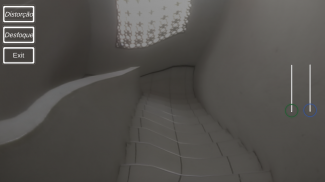
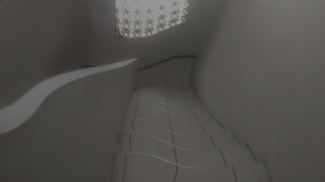
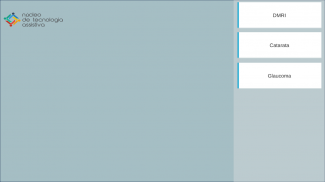


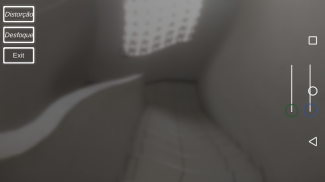

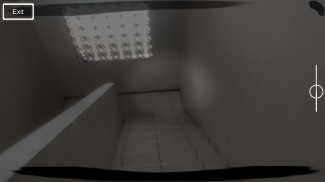
Segundo CENSO 2010 cerca de 35 milhões de brasileiros são deficientes visuais, sendo que desses, 720 mil pessoas são totalmente cegas. As principais causas de deficiência visual são erros refrativos não-corrigidos, catarata, degeneração macular relacionada à idade (DMRI), retinopatia diabética (RD), glaucoma. A perda da visão, em qualquer nível, leva a uma restrição no desempenho de atividades diárias, o que interfere na independência e autonomia do indivíduo e, por conseguinte, na sua qualidade de vida. O uso de auxílios ópticos, não-ópticos e adaptação do ambiente tem sido uma alternativa para melhorar o desempenho dos deficientes visuais em suas atividades. A compreensão de como cada patologia afeta a visão permite que o tratamento seja individualizado, evitando a generalização do tratamento pela condição visual.
Não são raras às vezes em que a má compreensão da patologia, bem como do tratamento proposto prejudicam o tratamento do paciente. Consultas médicas com tempo insuficiente para tirar as dúvidas dos pacientes sobre a patologia e tratamento, receitas médicas ilegíveis, frascos de medicamentos semelhantes e/ou com letras diminutas são alguns dos exemplos que ilustram as dificuldades que os pacientes encontram para aderir ao tratamento.
O Simulador de Doenças Oculares (SDO) tem como objetivo desenvolver e aplicar tecnologias móveis no processo de prevenção à cegueira, auxiliando na comunicação médico-paciente bem como na adesão do paciente ao tratamento proposto pelo médico. No aplicativo é possível visualizar o efeito das principais doenças oculares na visão dos pacientes, permitindo que o paciente compreenda a patologia bem como a implicação visual de cada uma delas.
According to CENSO 2010 about 35 million Brazilians are visually impaired, of which 720 thousand people are totally blind. The main causes of visual impairment are uncorrected refractive errors, cataracts, age-related macular degeneration (AMD), diabetic retinopathy (RD), glaucoma. Loss of vision, at any level, leads to a restriction in the performance of daily activities, which interferes with the independence and autonomy of the individual and, consequently, their quality of life. The use of optical aids, non-optics and adaptation of the environment has been an alternative to improve the performance of the visually impaired in their activities. The understanding of how each pathology affects the vision allows the treatment to be individualized, avoiding the generalization of the treatment by the visual condition.
It is not uncommon at times that misunderstanding of the pathology as well as the proposed treatment hinder the treatment of the patient. Insufficient medical consultations to clear patients' questions about pathology and treatment, illegible medical prescriptions, bottles of similar and / or lowercase letters are some of the examples that illustrate the difficulties patients encounter in adhering to treatment.
The objective of the Simulator of Ocular Diseases (ODS) is to develop and apply mobile technologies in the blindness prevention process, aiding in physician-patient communication as well as patient adherence to the treatment proposed by the physician. In the application it is possible to visualize the effect of the main ocular diseases in the patients' vision, allowing the patient to understand the pathology as well as the visual implication of each one of them.